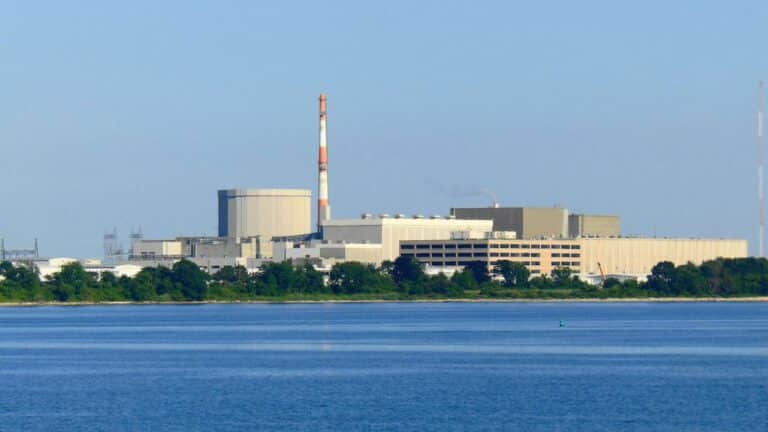White House, private sector ‘closely looking’ at Venezuelan critical minerals
But given practical hurdles and huge political risk, experts say U.S. access to the deposits is likely a pipe dream.
Current Access Level “I” – ID Only: CUID holders, alumni, and approved guests only
Reports by Erica Downs • October 03, 2019
This report represents the research and views of the author. It does not necessarily represent the views of the Center on Global Energy Policy. The piece may be subject to further revision. Contributions to SIPA for the benefit of CGEP are general use gifts, which gives the Center discretion in how it allocates these funds. More information is available at Our Partners. Rare cases of sponsored projects are clearly indicated. For a full list of financial supporters of the Center on Global Energy Policy at Columbia University SIPA, please visit our website at Our Partners. See below a list of members that are currently in CGEP’s Visionary Annual Circle.
(This list is updated periodically)
Occidental Petroleum Corporation
Pakistan is increasing its use of coal to generate electricity at a time when many other countries are reducing coal use in order to cut greenhouse gas emissions or pollution. China is helping Pakistan expand its coal-fired generation capacity through the financing and construction of coal power plants as part of the China-Pakistan Economic Corridor (CPEC). CPEC is a component of Chinese president Xi Jinping’s Belt and Road Initiative (BRI), which aims to forge greater global connectivity in part through infrastructure development. Nearly 75 percent of the generation capacity of CPEC power plants is coal-fired. Pakistan’s National Electric Power Regulatory Authority (NEPRA) expects that CPEC coal power plants will be largely responsible for the projected increase in the country’s coal-fired generation capacity from 3 percent as of June 30, 2017 (fewer than six months after the first CPEC coal plant began commercial operation), to 20 percent in 2025.
As part of its series on the Belt and Road Initiative, Columbia University’s Center on Global Energy Policy initiated research into the CPEC power sector projects, which account for the majority of the cost of CPEC projects. This paper examines two of the key concerns critics have about the BRI: environmental sustainability and debt sustainability. Concerns about environmental sustainability center on the ways in which an expansion of the amount of electricity generated globally by fossil fuels, especially coal, will increase greenhouse gas emissions, making it more difficult if not impossible to meet the emissions targets in the Paris Agreement. Concerns about debt sustainability focus on whether China’s lending in support of infrastructure projects will lead to problematic increases in debt, with some analysts maintaining that Beijing is intentionally seeking to push countries into debt distress in an attempt to gain control over strategic assets or decision-making in borrowing countries.
The main findings of this study are threefold.
As the US and Europe navigate a difficult and uneven shift toward full battery electric vehicles (BEVs), the US and EU auto markets are under heavy pressure.


The US Secretary of Energy Chris Wright has directed the Federal Energy Regulatory Commission to make a rule that would help rapidly move electricity onto the US grid in large amounts.

Full report
Reports by Erica Downs • October 03, 2019